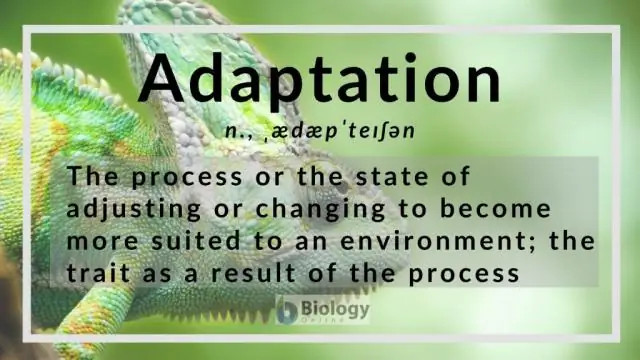- Author Rachel Wainwright [email protected].
- Public 2023-12-15 07:39.
- Last modified 2025-11-02 20:14.
Histology
Histology [histologia - LNH (Leningrad histological nomenclature); Greek histos - tissue + logos - doctrine, science] is a biomedical science that studies the patterns of structure, development and function of tissues in humans and multicellular animals.
Types of histology:
- general - an area that studies the general patterns of structure, development and function of tissues, develops methods for their study and classification;
- descriptive - a direction based on the description of the structure of tissues;
- comparative - a direction dealing with the comparison of the structure, development and function of tissues in variously organized animals;
- private (synonym: microscopic anatomy) - an area devoted to the study of the microscopic structure of individual organs and body systems;
- evolutionary - a direction that studies the patterns of tissue development in the course of phylogenesis;
- ecological - an area devoted to the study of the structure and development of tissues, depending on the impact of living conditions and adaptation to the environment;
- experimental - a direction dealing with the study of tissue changes due to experimental effects.
Found a mistake in the text? Select it and press Ctrl + Enter.






